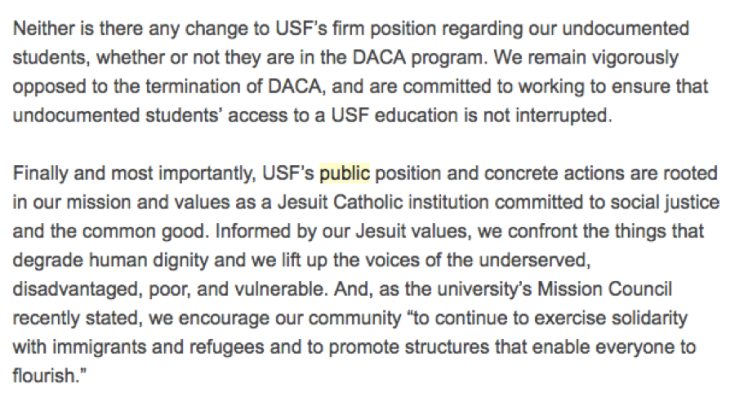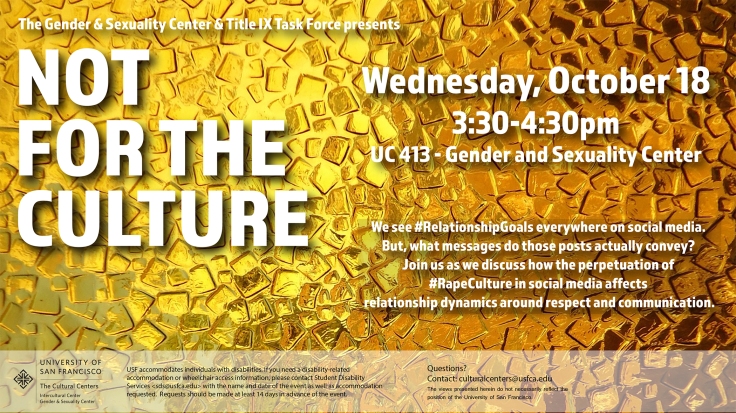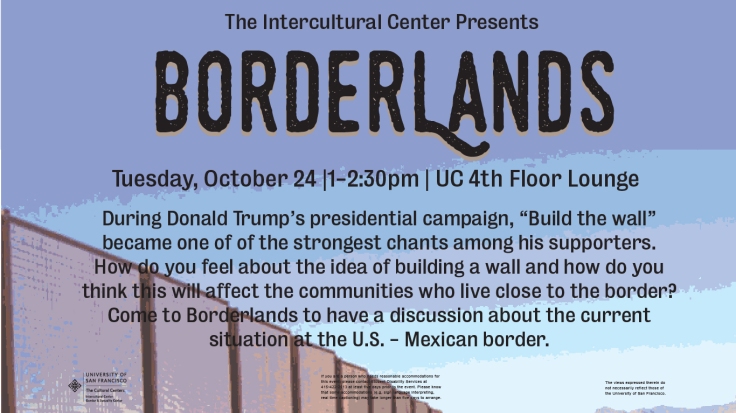When I think of community, I tend to struggle in defining what that is supposed to look like for me. Growing up Filipino in the Bay Area, specifically the East Bay and South Bay, I didn’t have a lot of folks around that looked like me and identified similarly. I hung out with many other folks that as Asian, but not a lot of Filipinos. It was mostly Chinese, Japanese, Vietnamese, and Korean. It wasn’t until I moved to San Jose, CA where I spent majority of my time in schools there.
In high school, I was certainly involved in clubs. I was primarily involved in our Filipino-American student association where a lot of folks that looked like me and on a cultural level, identified similarly. This particular space didn’t have one thing that I was looking for. I was looking for a space that there was a yearning for cultural identity. It seemed that there was a common understanding that being Filipino meant knowing about certain foods and specific Philippine cultural dances, not the contributions and experience of the Filipino community. My high school organization provided me a platform to learn more about my community.
During my undergraduate career at San Jose State University, I got involved in the Filipino-American student organization there as I was still looking for something more. I found exactly what I was looking for there because there were similarly thinking individuals who wanted to know more about themselves and the contributions of the Filipino community. What was unique about the organization is that they offered a mentorship program that catered to individuals of various racial identities. Many different people of Asian identities came to this program looking for community through social engagement which they found in this program. What that showed me was how community can be built through an extension of a culturally-based organization for folks to feel connected to someone and something.
In the case of Asian communities, Asians are continuously clumped together as this aggregate group. This grouping has connections to orientalism, an ideology where those in positions of power define those coming from the continent of Asia. Many different ethnicities are clumped together because communities of different ethnicities are seen as being virtually the same. Each community has a unique culture and distinct experience in the U.S. that shapes their worldview, but yet can still find connection across different ethnicities. The Asian and Asian American Collective at USF has provided that space for students, staff, and faculty to come together, find community, and talk about their lived experiences. Our next session is next Wednesday, April 11th from 3pm-4pm in the Intercultural Center (UC 411/412) where we’ll be in community to talk about community over some wonderful snacks! Hope to see you all there!





